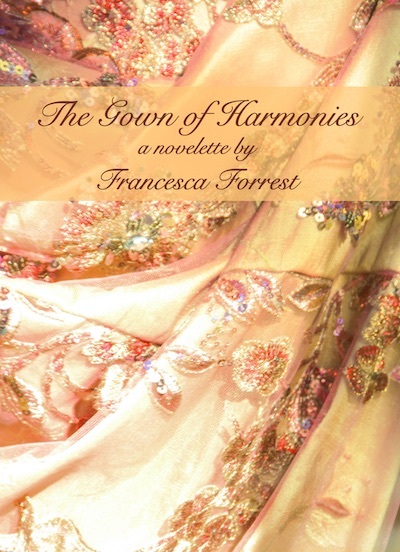Resolutions and gingerbread
Dec. 31st, 2022 01:05 pmI haven't made New Year's resolutions in quite a few years--like, since even before the pandemic--but this year I have a couple! I am sharing them. Accountability!
One is to try making croissants. It seems impossibly hard. But so rewarding!
The other is to make a more consistent and frequent effort with my writing. I have the Tales of the Polity novel that I'm working on, but for the past year or so, I've only been sitting down to work on it once a week, with rare exceptions. And/But also, I think I need to write some other, shorter, different things, because I have an urge to share. I have stories to tell, but if I can't share them, then ... well it's frustrating! I'm greedy--I can't wait however many years it'll be until I finish the novel; I have to share some other things. So I'm going to make writing a daily thing and see if that helps.
Eh bien, mes amis, and now I'm going to decorate some gingerbread for my next-door neighbors. The bougie neighbors are getting cats (they have two cats), bees (the mom loves bees), flowers, butterflies, and a guy on a snowmobile (I have no clue what the dad likes, but he does have a tow thing that Wakanomori is pretty sure contains a snowmobile, so I made a gingerbread guy on a snowmobile for the dad).
For the fun-music-playing, knife-throwing-training, rock painting family on the other side, I made mainly Gen-one Pokemon figures (Pikachu, Bulbasaur, Charmander, and Gengar, two each: one for the son and one for the daughter) because I know the son at least loves Pokemon. Also two squirrels and some snowflakes. The daughter likes wearing pretty dresses ("the garment should be flowing when the knives you're throwing"), so I did a gingerbread girl in a flowing dress, and the boy I just did as a gingerbread boy in an embrace-the-world stance.
ETA: I am ruining these by trying to frost them -_-
One is to try making croissants. It seems impossibly hard. But so rewarding!
The other is to make a more consistent and frequent effort with my writing. I have the Tales of the Polity novel that I'm working on, but for the past year or so, I've only been sitting down to work on it once a week, with rare exceptions. And/But also, I think I need to write some other, shorter, different things, because I have an urge to share. I have stories to tell, but if I can't share them, then ... well it's frustrating! I'm greedy--I can't wait however many years it'll be until I finish the novel; I have to share some other things. So I'm going to make writing a daily thing and see if that helps.
Eh bien, mes amis, and now I'm going to decorate some gingerbread for my next-door neighbors. The bougie neighbors are getting cats (they have two cats), bees (the mom loves bees), flowers, butterflies, and a guy on a snowmobile (I have no clue what the dad likes, but he does have a tow thing that Wakanomori is pretty sure contains a snowmobile, so I made a gingerbread guy on a snowmobile for the dad).
For the fun-music-playing, knife-throwing-training, rock painting family on the other side, I made mainly Gen-one Pokemon figures (Pikachu, Bulbasaur, Charmander, and Gengar, two each: one for the son and one for the daughter) because I know the son at least loves Pokemon. Also two squirrels and some snowflakes. The daughter likes wearing pretty dresses ("the garment should be flowing when the knives you're throwing"), so I did a gingerbread girl in a flowing dress, and the boy I just did as a gingerbread boy in an embrace-the-world stance.
ETA: I am ruining these by trying to frost them -_-











